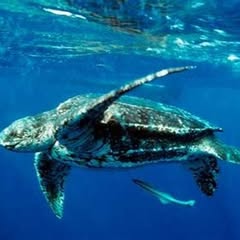
1.Although they are coldblooded, leatherback sea turtles are able to live in very cold arctic waters because of their unique ability to regulate their inner body temperature through a process called Gigantothermy. They are the only turtle species able to do this.

2. The first biofluorescent was seen in a hawksbill turtle. Biofluorescence is different from bioluminescence because bioluminescence involves emitting light, while biofluorescence involves changing the wavelengths hitting the animal or plant to create a glowing effect.
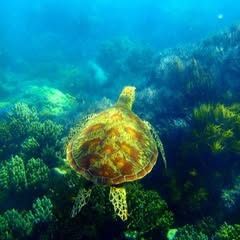
3. Sea turtles can not cry like humans do; human tears are saltwater, and sea turtles live in saltwater. Instead, sea turtles excrete salt from their eyes instead of crying, similar to the crying we are used to observing.
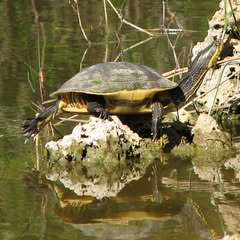
4. Sea turtles have the unique ability to eat some toxic sponges in the ocean, while most oceanic animals can not eat these, some sea turtles have an enzyme in their digestive system that allows them to safely consume these sponges.
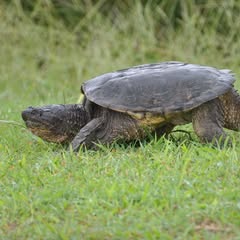
5. Female sea turtles come back to the same beach every year to lay their eggs. This behavior is called “homing”. Some turtles travel up to 10,000 miles or 16093.44 kilometers to return to the beach at which they were born.
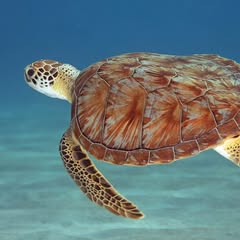
6. Sea turtles can hold their breath for up to 5 hours underwater ! They can also sleep in the ocean without coming up to breath because of this
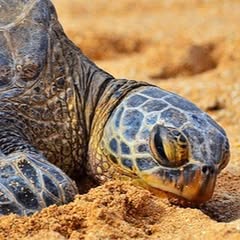
7. Turtles can preform cloaca respiration, allowing them to breath through their back sides. They, however, breathe much more efficiently through their lungs and use this technique much more frequently
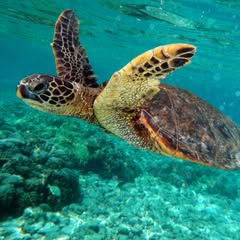
8.Some sea turtles can dive as low as 760 feet or 231 meters into the ocean.
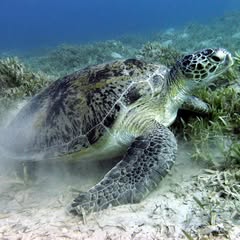
9.Adult turtles do not have teeth. Some baby turtles have temporary front teeth to eat before their beak becomes sharp, but they lose these teeth before they become an adult.
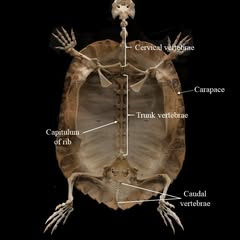
10. The Turtle's shell is connected to the ribcage, if you look at a turtle shell you can see the ribs along the inside. Because of this, a turtle cannot remove its shell safely.